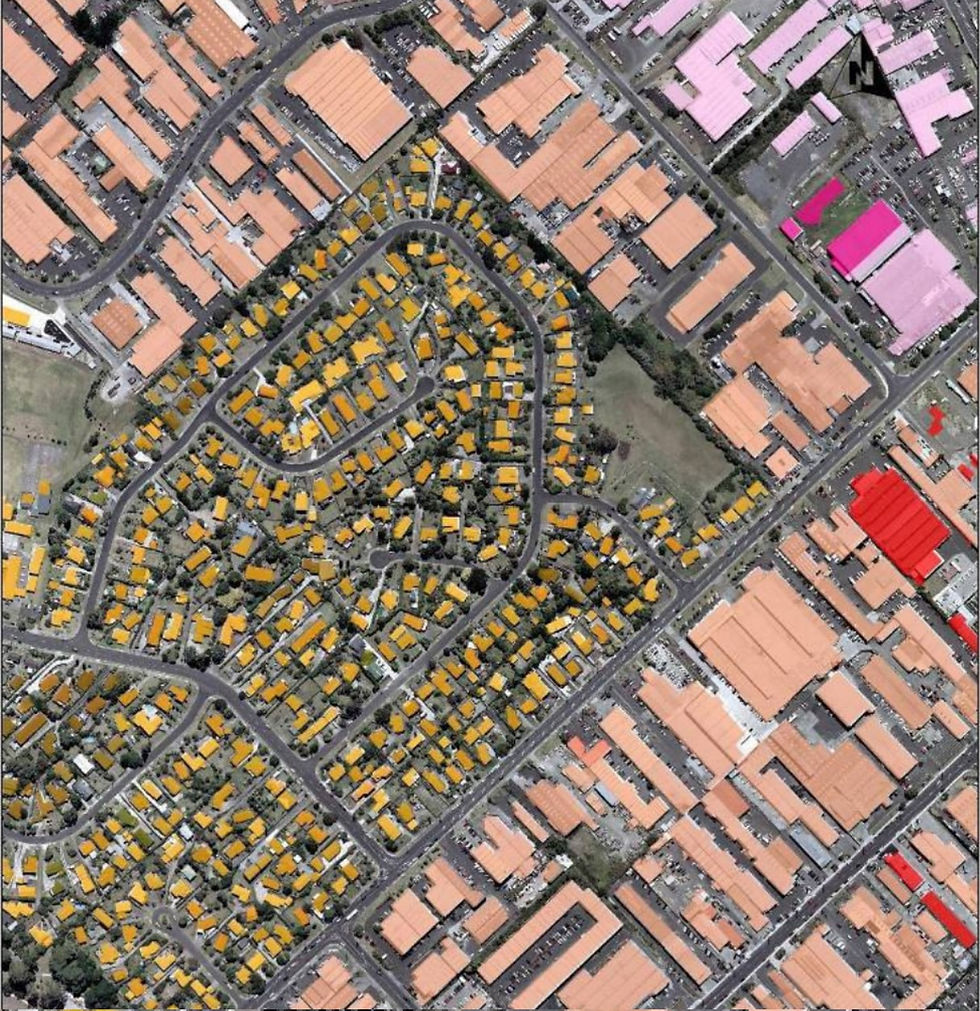- Damian Young
- Feb 4, 2022
- 2 min read
2007. Development of a GIS Based Interface for a Stormwater Contaminant Model. South Pacific Stormwater Conference Paper.

Authors
Ming Peng - North Shore City Council
Damian Young- Morphum Environmental Ltd
ABSTRACT
The Auckland Regional Council (ARC) has been a driving force in encouraging and enforcing Local Authorities to develop clearly defined plans to manage contaminants. This paper addresses the technical background to the development of a Geographic Information Systems (GIS) based contaminant load model in North Shore City (NSC) that has incorporated contaminant loading rates for various land uses developed by ARC.
The ARC recently developed a Microsoft Excel model that can be used to calculate annual contaminant loads for sediment, zinc, and copper and total petroleum hydrocarbons for catchments. This spreadsheet model serves to evaluate various environmental variables such as land use, and calculates ‘bottom of site’ contaminant loads. The basic model then provides functionality to simulate insitu treatment device and source control options. Up to three options in sequence can be assessed, known as the treatment train approach.
NSC is currently developing a GIS based contaminant model to assess the effectiveness of various treatment options to reduce the contaminant loadings in receiving environments. This model has been designed as a tool in the development of stormwater catchment management plans for NSC. It serves to integrate the manipulation of the spatial data and the modelling processes for the estimation of stormwater contaminant loads and the simulation of various treatment options to reduce contaminant loadings. It has been designed in an ArcGIS environment with a customised user interface and functions that enable assessment of treatment devices and their locations in order to select the best practical option for contaminant management in the catchment. This tool is considered a fundamental step in the assessment, planning and management of contaminants in larger metropolitan areas.
Keywords
Geographic Information Systems, Contaminants, Treatment Devices, User Interface, Load Model



Comments